Into the heart of Spain: 5 facts about Castilla y Léon
Castilla y Leon caught me a bit by surprise. It was definitely Spain, but not quit as I knew it. The region is dotted with medieval castles (a lot of them!), monasteries, and (very) old cities with a least one spectacular cathedral. But what struck me the most was the different atmosphere, the different landscapes and the fascinating history. Here are 5 things I’ve learned during a mini-road trip through Castilla y Léon.
1. Castilla y Léon is the heart of Spain
Castilla y Léon is located in the northwest of Spain, between Madrid and the Portuguese border, offering magnification natural park, breathtaking landscapes and fascinating cities. It’s the largest autonomous region in Spain (but not in population, the region is rather thinly populated).
Because of its location, it’s one of the coldest areas in Spain, with long cold winters and short but unbearably hot summers. During my short Castilla y Léon-trip (last November-beginning December) it was cold and raining, sometimes even stormy. True, I would have loved to warm up under that typical hot Spanish sun, but you can’t control the weather and at least there were some really dramatic skies to admire.
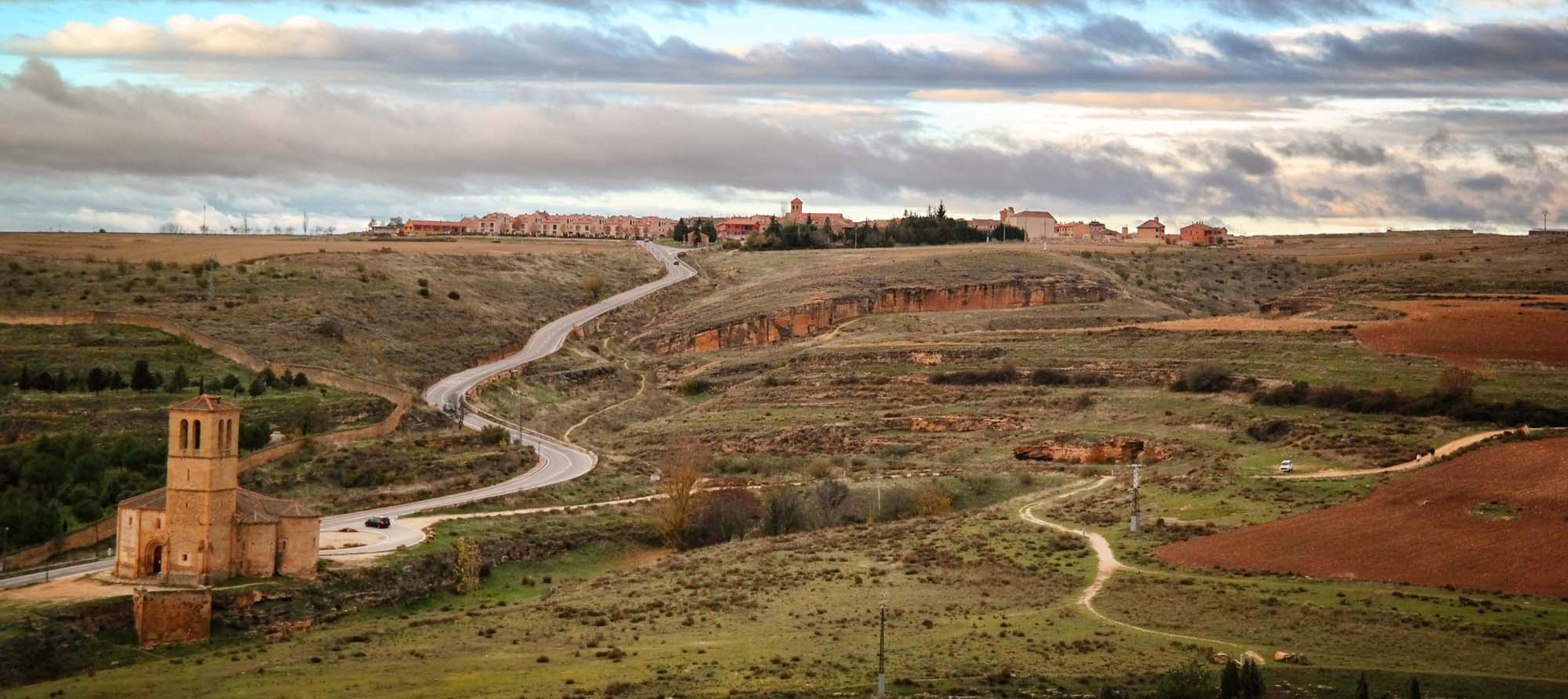
Fact: Castilla y Léon is the heart of Spain, and not only because of its location but also because of its history. This is the place where the Spanish language was born, the home of Spain’s most renowned university (dating back till 1134), it’s the land El Cid, the land of the iconic medieval monarch Ferdinand and Isabella, the place where modern Spain was born. No wonder a lot of the cities can boast with great monuments and historical sites.
2. Castilla y Léon has more UNESCO World Heritage sites than any other region in the world
Castilla y Léon counts 6 UNESCO World Heritage sites, that’s more than any other region in the world
Want a full list? Here we go:
- the old town of Ávila
- the old city of Salamanca
- the old town of Segovia and its Roman Aqueduct
- the Gothic cathedral of Burgos
- the old Roman gold mines at Las Médulas
- the prehistoric archaeological site of Atapuerca, near Burgos.
Apart from these six, there are two other UNESCO cites Castilla y Léon shares with other regions:
- the Route of Santiago de Compostella (or the Way to St. James)
- the prehistoric rock-art sites in the Côa Valley (shared with Portugal)
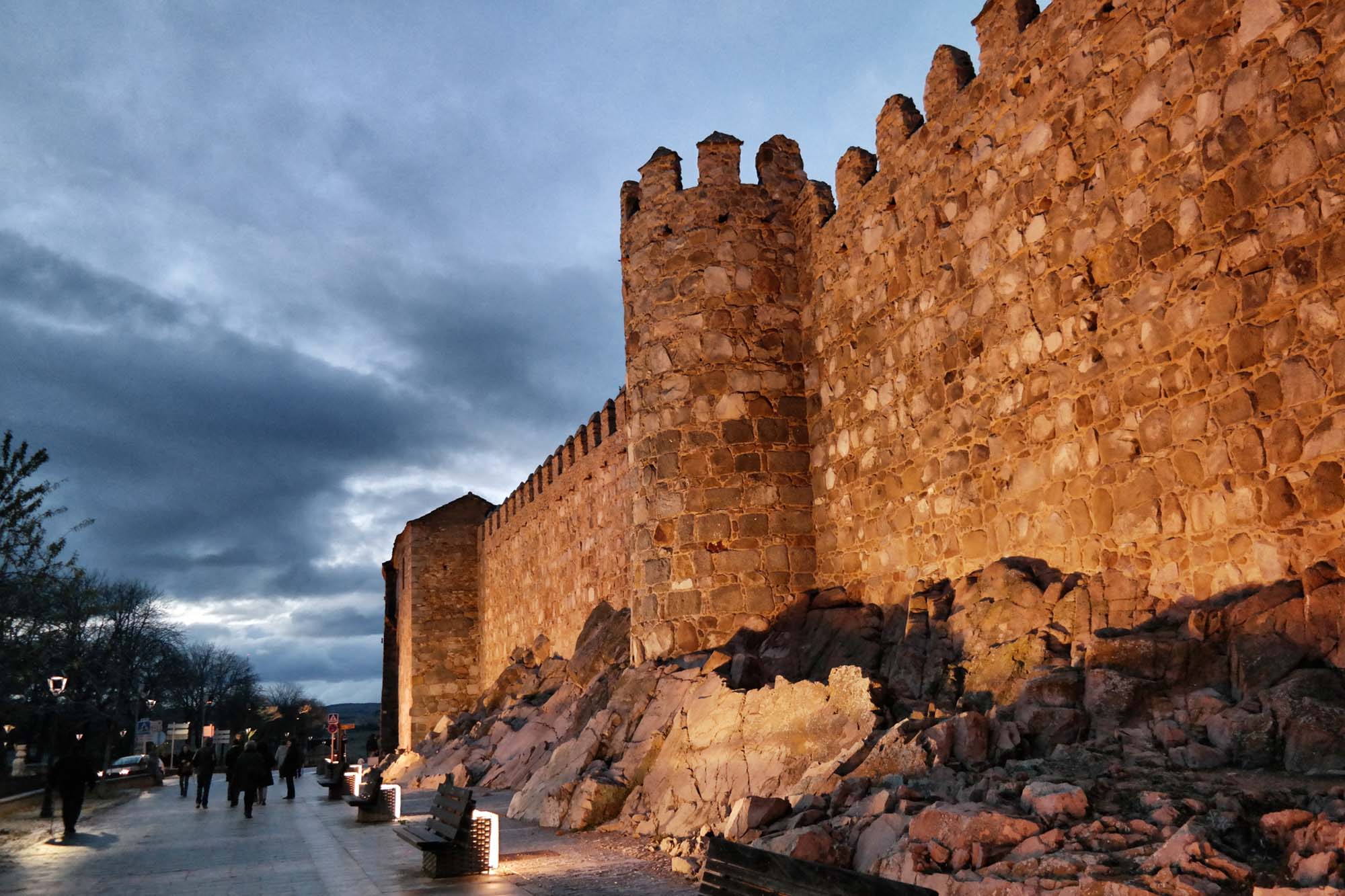
3. The land of castles
Today Castilla la Vieja and Leon are united but they used to be separate kingdoms, both played a key role in Spanish medieval history. The region is known as ‘The Land of the Castles’ because of the more than 300 medieval castles that were built there, more than any other region in Europe. Many of these castles – and fortified cities – were built as a defense against the Moorish invaders and are still preserved in perfect state.
One of the most famous castle of Castilla y Léon (and the whole of Spain) is the el Alcazar de Segovia (Segovia being a beautiful little town about 1 1/2 hour drive from Madrid).
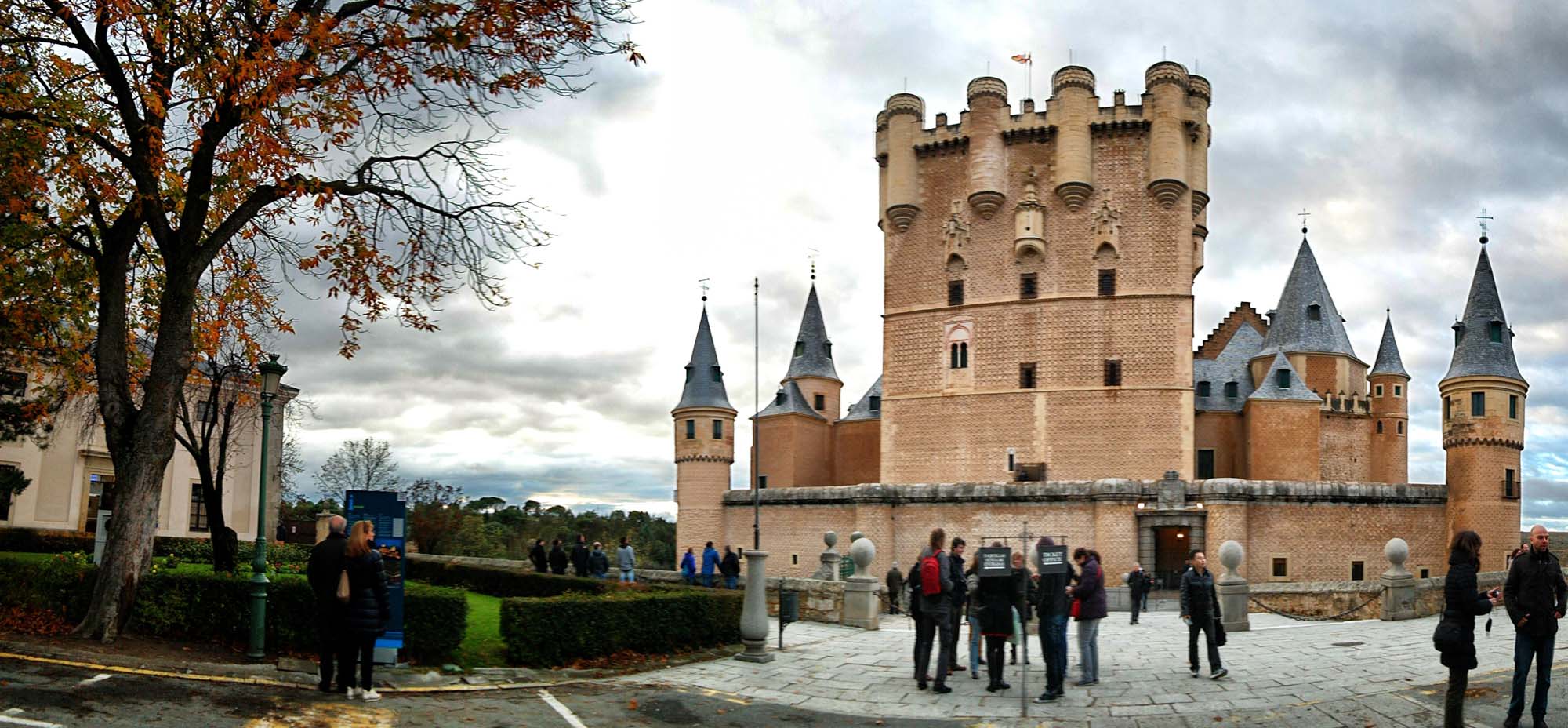
4. Hopping from city to city? No problem!
Needless to say this region is perfect to do some serious city hopping. The most important cities are all close together so we didn’t have to waste much time driving around. We flew with Air Europe from Brussels to Madrid, collected our car and immediate hit the road.
So here’s – in short – how our three days Castilla y Léon looked like:
Day one: Avila
Our first stop was Avila, at only a short two hours drive from Madrid. Since we arrived in the early afternoon, there still was plenty of time to visit the town. Avila A fully walled medieval city. Walking along the ramparts was big fun and a must do. The city itself is übercharming, a good place to start exploring the region.
Day two: Salamanca
We hopped over to Salamanca, only an hours drive from Avila. Salamanca – also known as the golden city – is filled with history. Must visits are the oldest university in Spain, the great cathedral, the Casa de las Conchas (a 16th century house decorated with over 300 carved scallop shells – the symbol carried by pilgrims on the route to Santiago de Compostella) and of course the Plaza Mayor, the most beautiful plaza in Spain.
Day three: Segovia
Segovia is one of the oldest cities in Spain. The Roman aqueducts, the Alcazar, the cathedral (the last great Gothic cathedral built in Spain) are just some of the highlights. Because of the short distances between the cities we had plenty of time to do some sightseeing, hang out in tapas bars and go shopping.
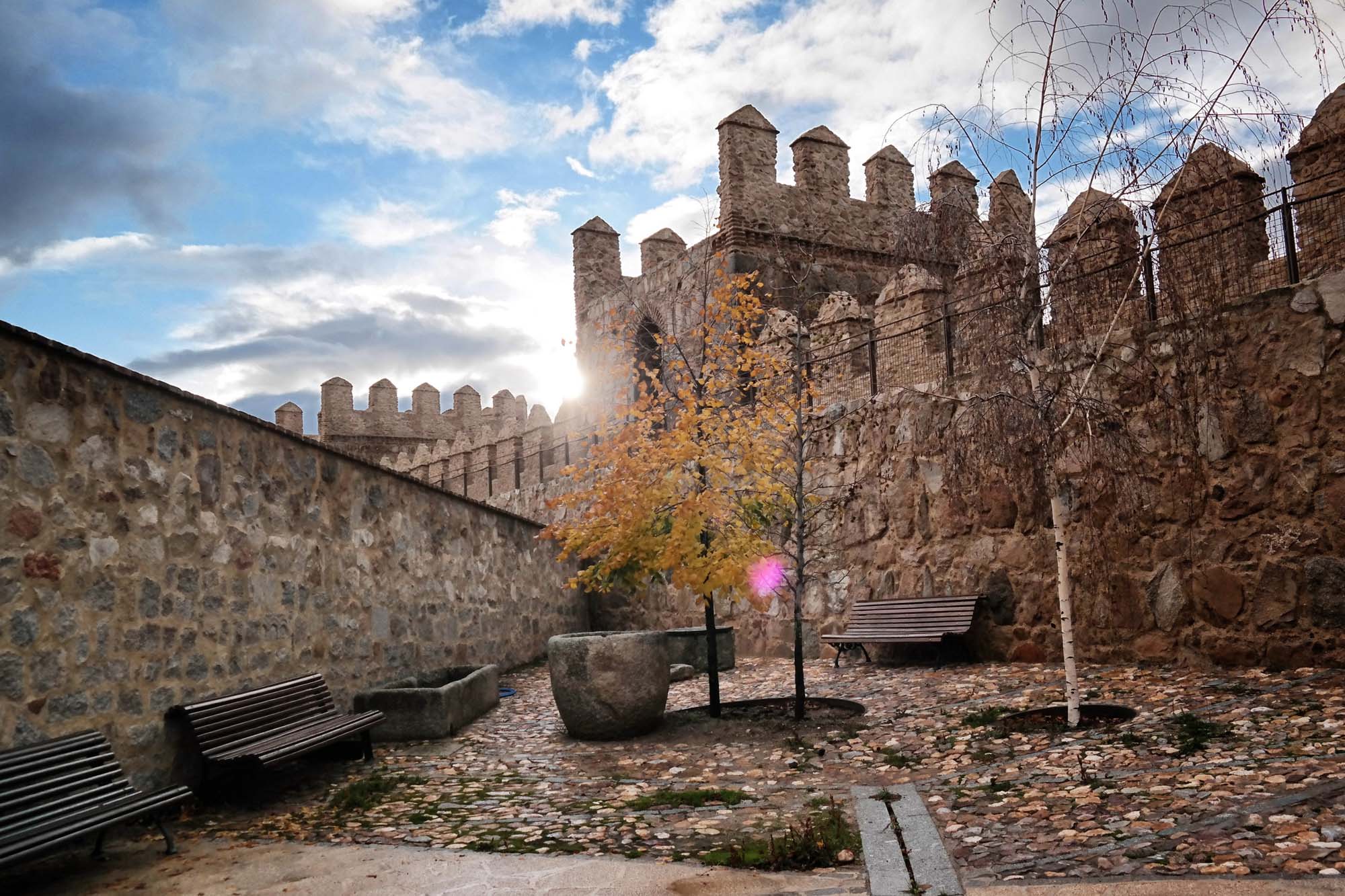



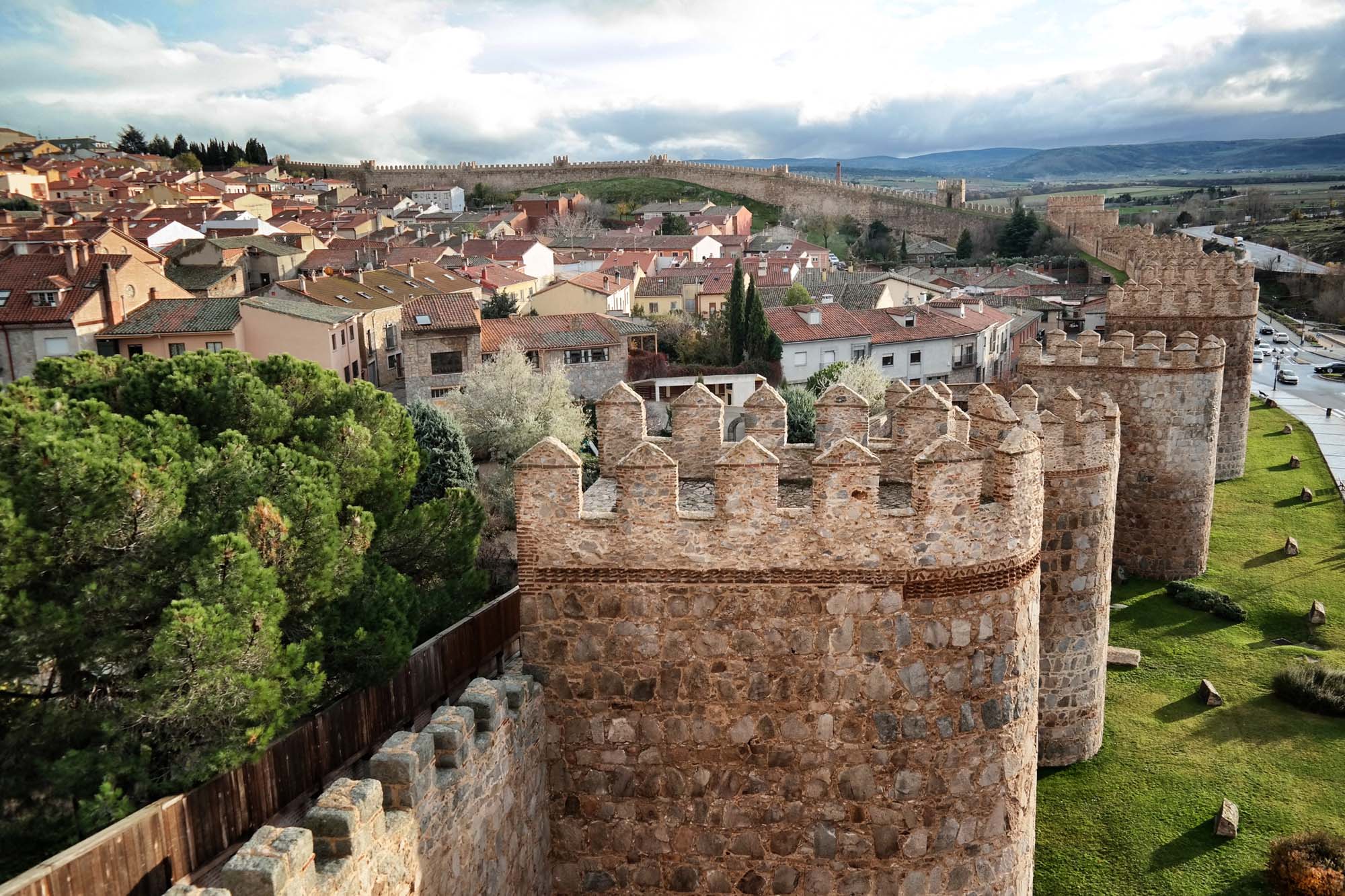
5. Have a taste of Castilla y Léon
Because Castilla y Léon is such a large region, there is also a great variety in local cuisine. True, there’s a lot of meat on the menu but vegetarians shouldn’t worry: there are a lot of good vegetables dishes to try. Famous dishes include cochonillo (roast suckling pig) and roast lamb, morcilla de Burgos (a black pudding with rice), sopa castillana (a soup made of bread and garlic) and the famous creamy beans of Avila. I’m a big fan of tapas (the typical small Spanish dishes you can order while having a drink) and lucky for me Castilla y Léon has no shortage of great tapas-bars.
.
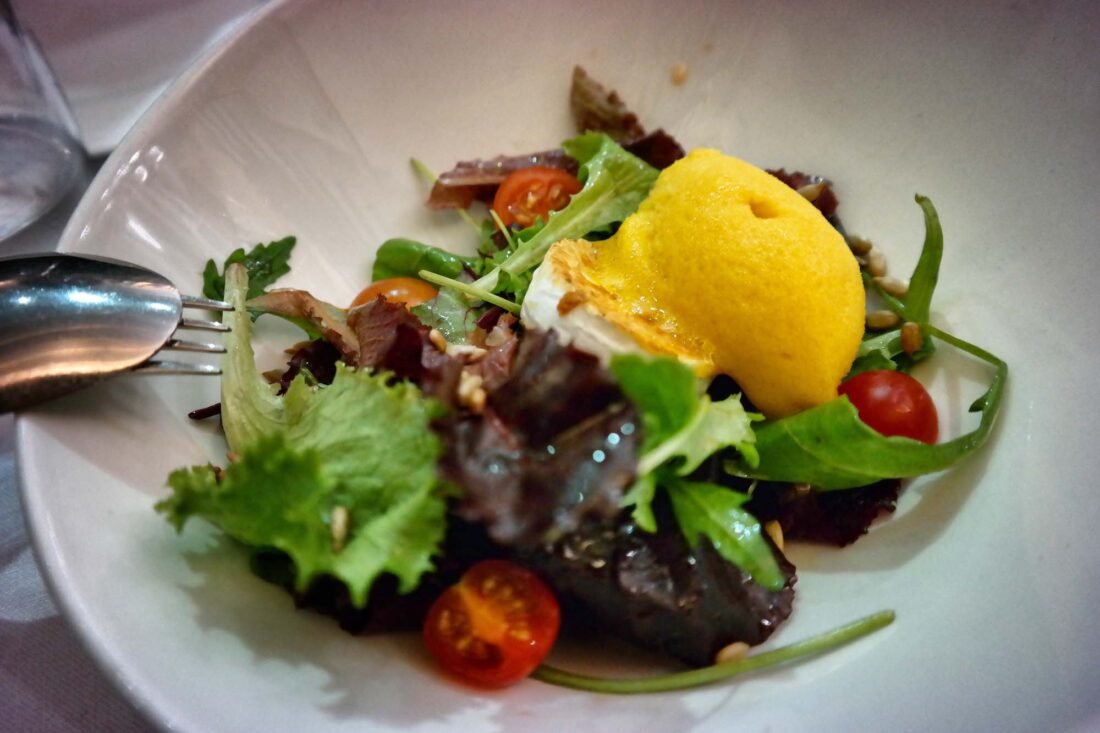
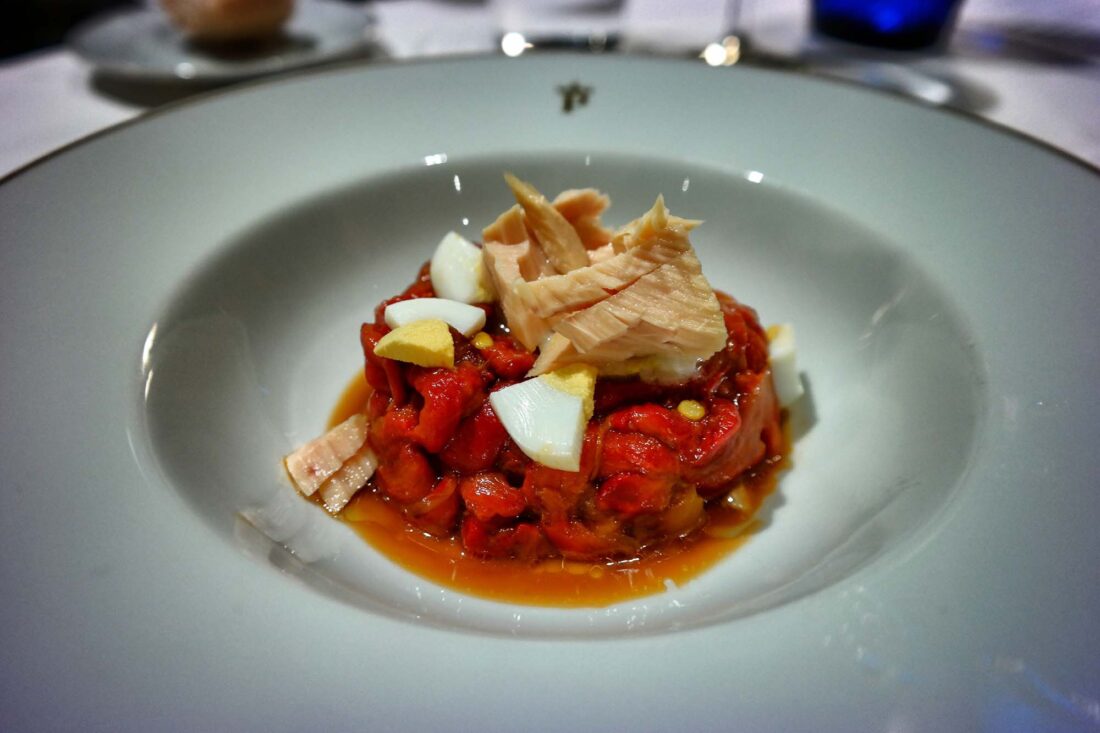
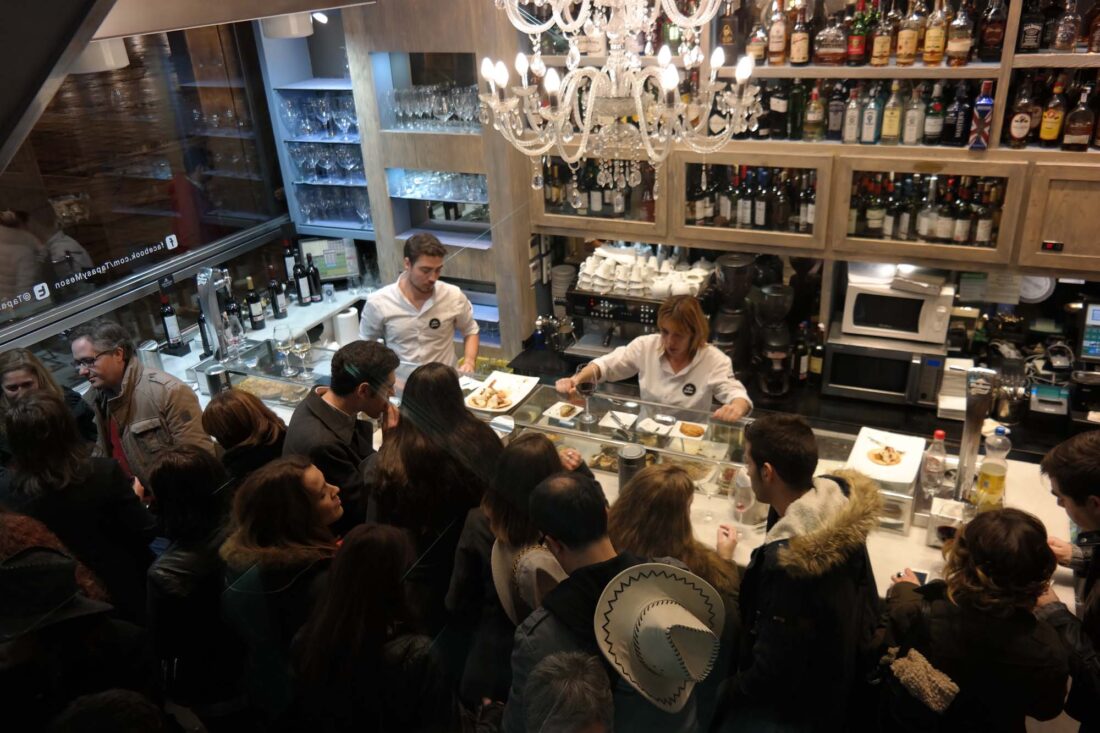
Tip: If you have a week or more to spent in Castilla y Léon, consider visiting the other cities in the region
- Burgos (a modern city with an ancient centre and many historic sites, like the cathedral: the third largest cathedral in Spain, and a UNESCO world heritage site)
- Léon (beautiful historical buildings and the Museo de Arte Contemporaneo, one of Europe’s major contemporary art museums)
- Valladolid (the largest city in Castilla y Léon)
- Zamora (an enclave surrounded by medieval walls and gates).
Useful links:
Air Europe – spain.info – ciudedespatrimonio.org – spainheritagecities.com











I really enjoyed reading your post. The architecture is unreal. I really like the layout of the site and the pictures are absolutely gorgeous.
It still needs some work (the site, not the architecture :)) but I’m taking it slow and steady. Thanks for the kind words!
Just reached your site, and these pictures are beautifulllll. Wow. I was in Salamanca and Ávila a few years ago, and I fell in love. Spain is one of those places that never gets old, no matter how many times you go back!
Thanks Rachael. Couldn’t agree with you more: Spain never gets old!
I’ve read so much recently on smaller, inland towns in Spain and it’s really making me think different of the country – a world away from the coastal resorts and Mediterranean cities.
I’m not sure what you mean with “short” summers, here the summer are unbearable for two months at least and you can wear a t-shirt at least four (this year even longer).
Yes, with ‘short’ summers I meant short in comparison to the rest of Spain.
I used to live in Salamanca and absolutely loved it. The area completely stole my heart. It’s been over a decade and I keep meaning to go back and experience all that beauty again.
Hi Esther, I fell in love with Salamanca and the rest of the area right away! 🙂 Already planning on going back.